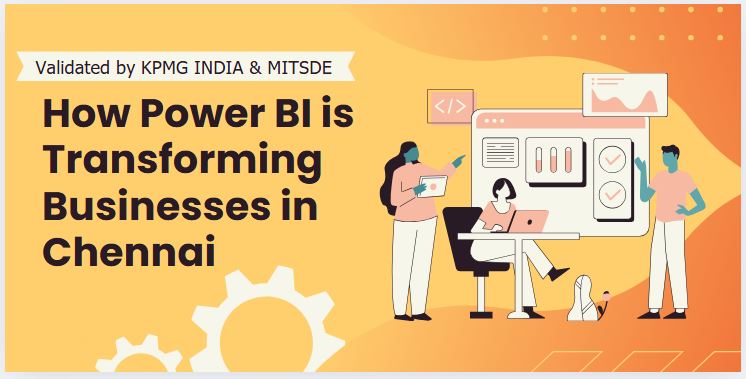Amazon, Flipkart, Nykaa, Myntra, and the list goes on. All these are examples of e-commerce retail websites. The e-commerce industry is expected to reach 188 billion USD by 2025.
But behind all the glory of this industry lies a glaring question, is the e-commerce industry overshadowing brick & mortar stores? Will the e-commerce industry mangle small or big physical stores?
Before we dive deeper into the question, let’s take a quick look at the history and emergence of the e-commerce industry.
Meaning:
E-commerce or electronic commerce is a business model that creates a virtual marketplace. It facilitates the buying and selling of goods or services through devices such as desktops, laptops, tablets, mobile phones, and other smart devices.
History and Types:
E-commerce truly started transacting in 1994. Since then it has undergone multiple changes and is still evolving.
The types of e-commerce are –
B2B – When two businesses transact with each other directly
B2C – When a company lists its products or services for customers to buy
C2C – When customers interact with each other to carry out the act of buying and selling. For example – Olx, eBay, etc.
C2B – When individual sellers sell their products or services to big businesses. For example – Artists licensing their artwork to be sold by big businesses.
Advantages & Disadvantages:
Advantages of this industry entail –
- Geographical advantages – E-commerce websites offer a geographical advantage to companies as it allows them to expand to markets that otherwise would not have been possible. For example – A company situated in Mumbai can offer its products or services to its customers situated in California.
- Reduced overheads – Virtual aspect of the business cuts back on the overhead costs incurred in establishing and maintaining brick & mortar stores. However, warehousing and stock-keeping remain a challenge for both.
- Flexibility – Without worrying about the availability of space, companies can alter and increase their offerings
- Measurement – Keeping real-time track of customers becomes easy. Analytics helps to track the number of buyers, their engagement on the website, preferences, deciding the pricing, measuring the repeat purchases, and so on.
- Availability – Websites are open 24/7 all year round.
Disadvantages of an e-commerce business:
- Personal touch – There is no interaction between the buyer and the seller, which leads to a lack of trust and creates loyalty toward the seller.
- Delay in ownership of goods – The transfer of ownership of goods is not immediate. Time elapses between the point of purchase to the possession of goods.
- Shipping costs or delivery charges – The customers have to incur an additional cost for shipping or delivery or both
- Competition – The e-commerce industry is becoming fiercely competitive due to the increasing number of players in the market
- Now that we have gotten a general understanding of the e-commerce industry, we shall move on to the pressing question that instills fear in the minds of physical store owners.
The answer is – A balance of both is what the customers prefer.
Customers are looking for a perfect blend of online & offline. They want stores for the customer experience and tangible goods but want the benefits of buying the same product online. For this very reason, many e-comm giants are establishing their physical stores in tier 1 cities.
This gives the customers an opportunity to view, try and judge the products that are listed on the website before arriving at a purchase decision. Through this, the companies are able to generate more traffic to their website. The stores help create a unique & lasting customer service experience which translates into increased sales. It also adds a tangibility aspect to the offerings.
If we are to talk about the quick e-commerce companies like Swiggy Instamart, Zepto, Dunzo, and the likes; their business model is one where they have tie-ups with small grocery stores to improve their logistics and save the cost of warehousing and stock-keeping. This too gives a boost to small shop owners to maintain and update their stock. It also brings this unorganised sector on a common platform.
If any person wishes to dive into the e-commerce market and rise as the one responsible for excellent customer service online or offline, loyal customers, increased customer base, and a long-term increase in year-on-year profits, then a sound understanding of the same is necessary.
MIT School of Distance Education (MITSDE), a constituent of MIT Pune is well-aware of the market trends and changing requirements. Hence, it has a unique offering of a Post Graduate Diploma in Management for Executives or working professionals who have some years of experience in the relevant field.
The PGDM (Ex) program offers a specialization in E-Commerce Retail Management which gives the learners an insight into the emerging trends in the industry, guidance by industry stalwarts, practical workshops to develop analytical skills, and career counseling.


